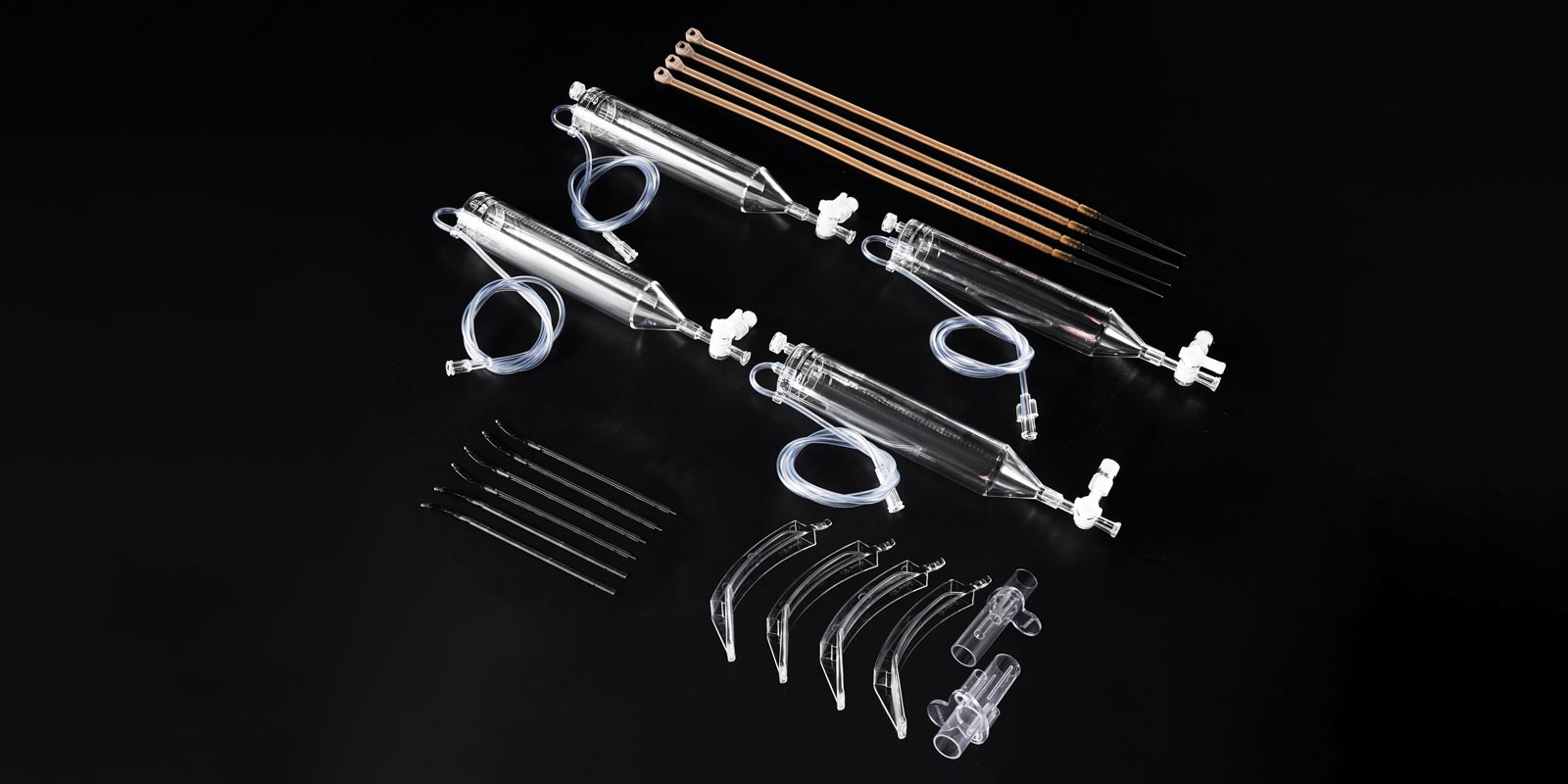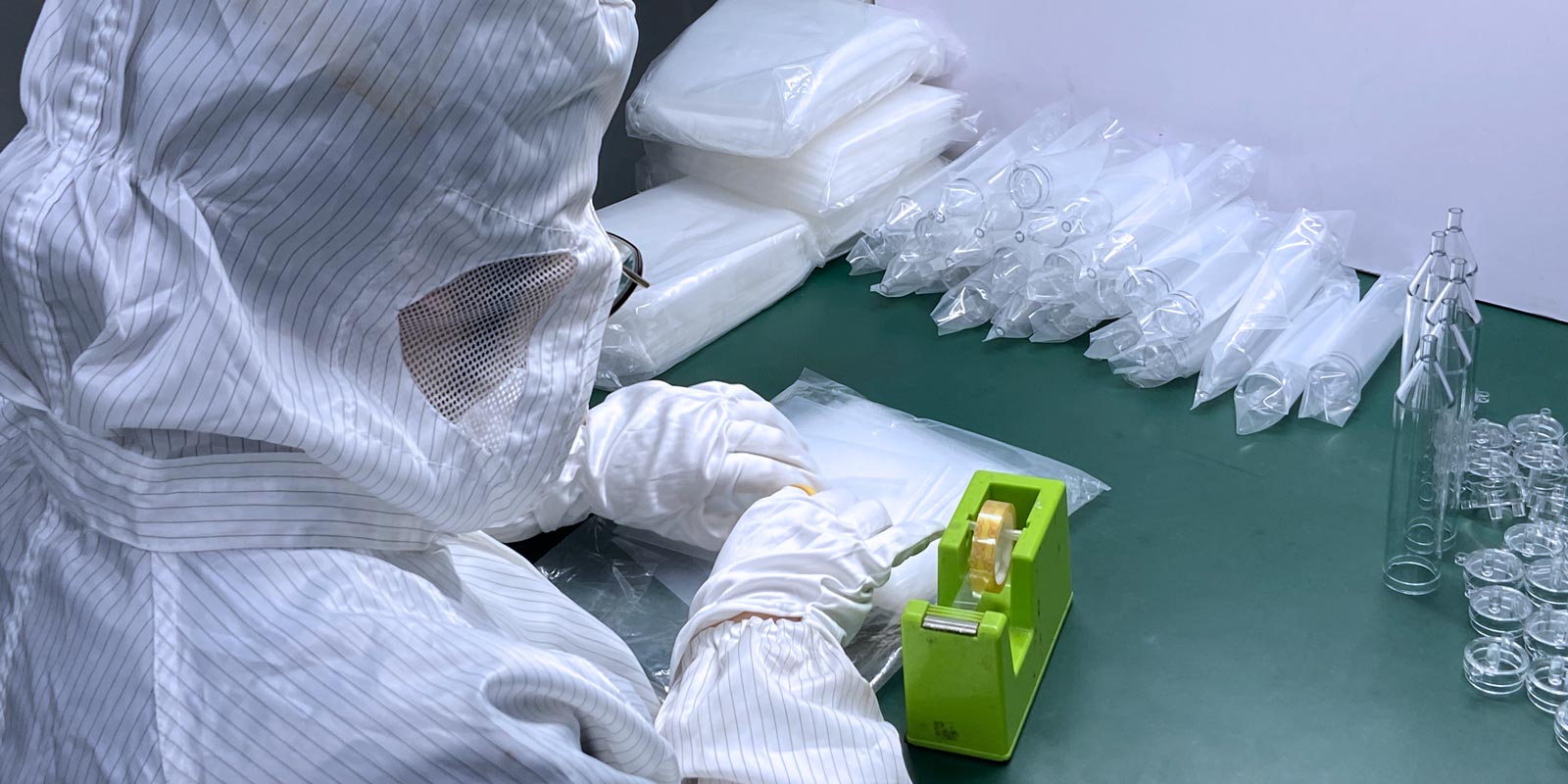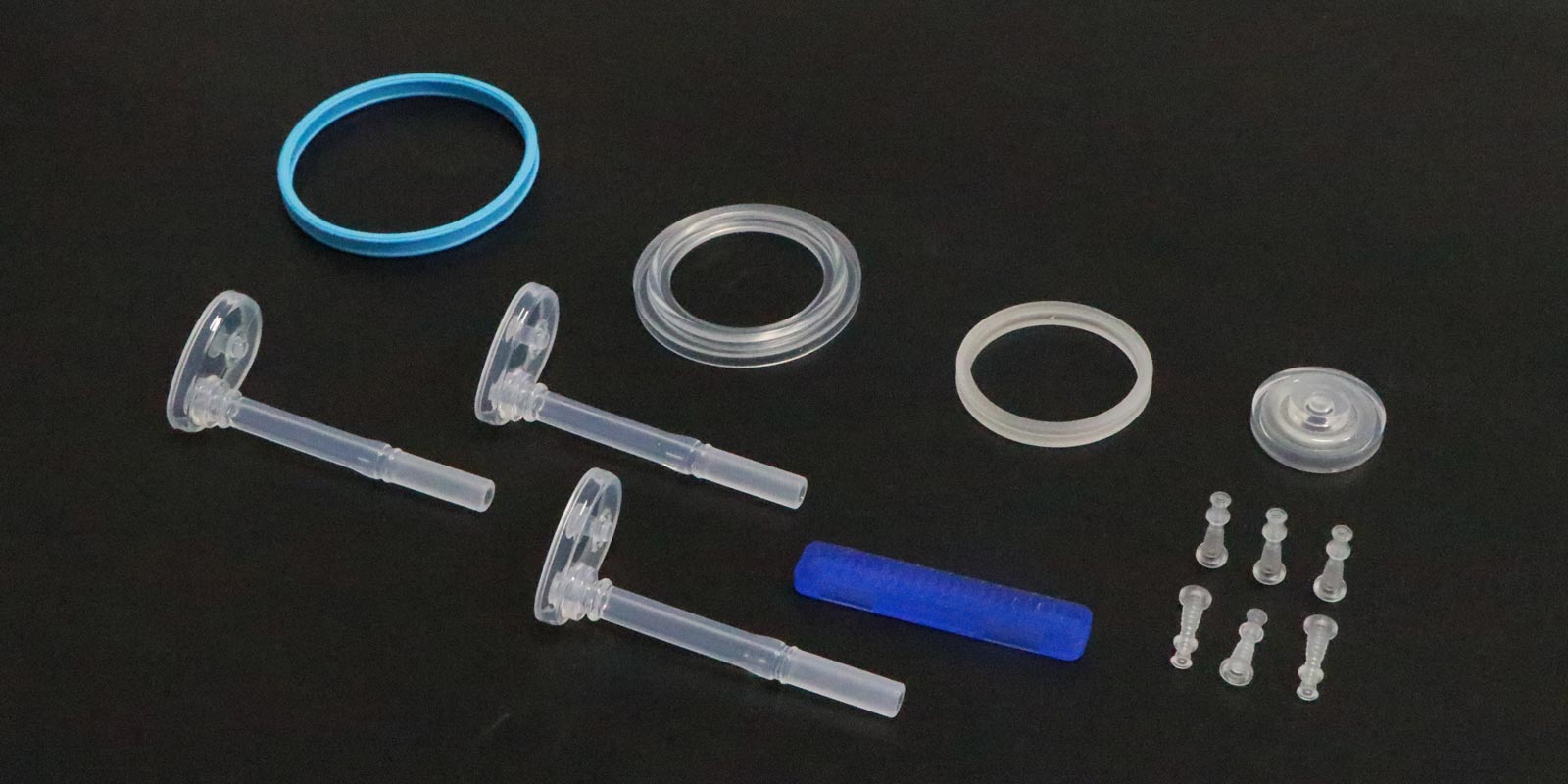High temperature medical mould has the following advantages:

First, conducive to obtaining a stable size
Through constant control of the mold temperature, the shrinkage balance of the product is improved, facilitating more precise control of product size standards.
Second, conducive to mold cavity filling
For poor fluidity, high viscosity plastic materials, improve the mold temperature can enhance its filling performance, thereby reducing the production cycle. Fast filling can greatly improve the product flow marks and bonding lines and other bad conditions.
Third, conducive to obtaining the best appearance
Lower mold temperatures result in rapid cooling within the plastic mold, which reduces fluidity. Increasing the mold temperature can achieve a better mold surface effect and restore the texture of the mold surface. The polished finish of the mold will be fully displayed on the product.
Fourth, conducive to product demolding
In a male mold cavity or slide mandrel with a high mold temperature, the wrapping force of transparent products is much smaller than the demolding resistance of products with a low mold temperature, especially for products similar to vacuum adsorption.
High temperature medical mould also has the following disadvantages:
One, high temperatures increase the fluidity of the plastic and may lead to edge problems.
Second, high temperatures can cause the mating gaps of moving parts to seize or move poorly after mold thermal expansion.
Third, high temperatures will dissipate heat into the air and to the machine, which is not conducive to stable temperature control. In order to avoid temperature loss, heat-insulating plates are usually installed on the male and female mold fixing plates.
Fourth, high temperature medilca mould may cause oil to seep out of the mold interior or parts, affecting the appearance quality of the product. For transparent, white, or light-colored products, all mold parts must be disassembled and cleaned prior to production.
Overall, in order to meet high mold temperature requirements, external equipment such as a mold thermostat can be used. There are two common types of mold thermostats on the market: water and oil. The standard water-type mold thermostat has a maximum operating temperature of 120 °C, while the high-temperature water-type mold thermostat has a maximum operating temperature of 180 °C. The maximum operating temperature of a mold thermostat is 120 °C. The use of a mold thermostat can bring the temperature of the mold to a set value and keep it constant.
Yize Mould focuses on providing customers with systematic intelligent manufacturing solutions for products in related fields. The factory is equipped with many imported all-electric injection molding machines and several fully automatic assembly lines, which have won the praise of many enterprises.
















 Home
Home
